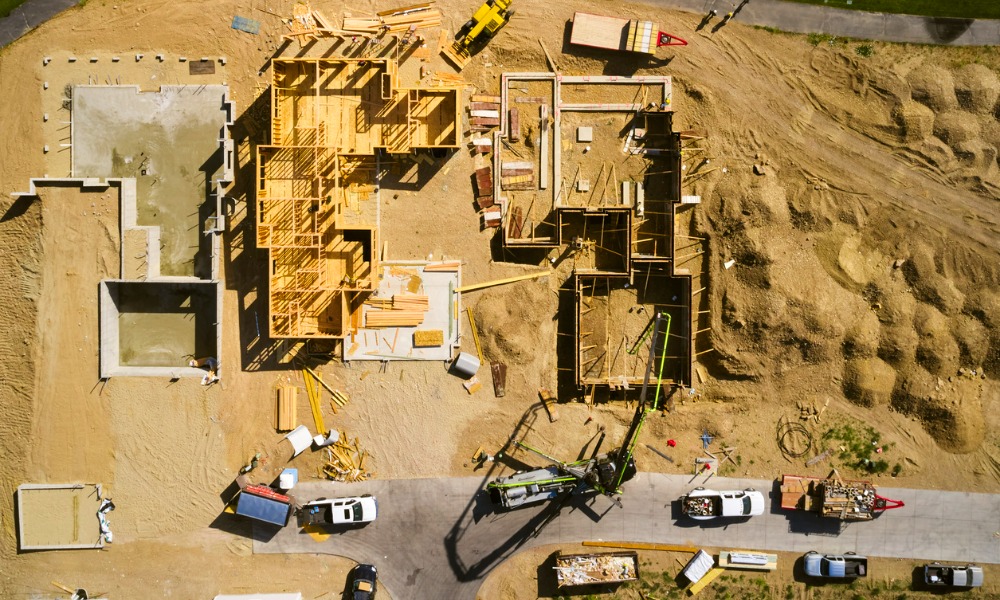Supply chain issues drove about 80% of the cost rises for building materials in 2021-22

Constraints on building supplies seem to be easing, but construction costs are still sky-high.
Supply constraints were the main driver for the biggest hikes to the cost of building materials and labour in five decades, with the prices of vital products like structural timber spiking 40% over the year to June, The Australian reported.
The spiking costs were confirmed in a new report from the National Housing Finance and Investment Corporation (NHFIC). Rising prices for materials have slashed construction firms’ profit margins and sent homebuilding costs skyrocketing. Rising prices and shrinking profits have even led to a spate of building company collapses.
It’s not just structural timber that’s gone through the roof. The cost of plywood, steel beams, terracotta tiles, and timber window frames and doors all rose by at least 25% in the 12 months to June, the NHFIC report found. Aluminium windows and doors and metal roofing and guttering were up 20%.
The NHFIC report estimated that more than 80% of the cost rises for materials during 2021-22 were driven by supply constraints. By comparison, in the previous financial year, spiking demand coming out of lockdowns accounted for 75% of cost inflation, The Australian reported.
With the Reserve Bank pursuing a series of rate hikes to curb runaway inflation, the NHFIC report said “cost pressures may persist even as higher interest rates slow demand.”
However, there were some signs of easing cost pressures as global supply chains improved, The Australian reported.
Read next: Australian builders’ volume tumbles
Hugh Hartigan, NHFIC head of research, said the sharp spike in prices in 2020 was “very much a global pandemic story,” but that inflation over the most recent financial year was largely a result of Chinese lockdowns. However, Hartigan told The Australian that “the worst of this supply chain pressure is over, although we don’t know if the costs have peaked.”
Tim Reardon, chief economist for the Housing Industry Association, told the publication that recent weeks had seen a significant improvement in the availability of some building materials that had been in short supply over the last couple of years. For example, timber was no longer scarce following the arrival of large shipments over the past six weeks.
Despite signs of easing supply pressures, the cost of building materials could still rise another 10% to 15% this financial year as spiking power costs would drive up prices for energy-intensive materials like aluminium and glass, Reardon told The Australian.



